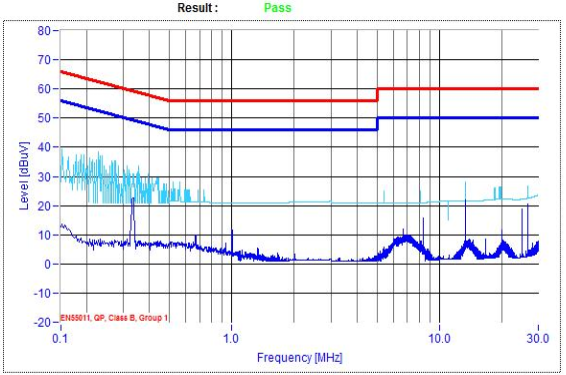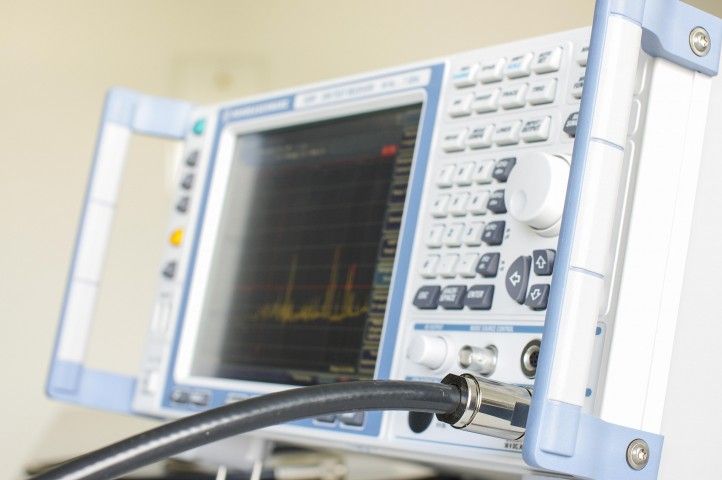Conducted Emission
ELECTROMAGNETIC COMPATIBILITY (EMC) - CONDUCTED EMISSION TEST
Conducted Emission
EMC Test which is the electromagnetic compatibility of a device or system is checked. In the Electromagnetic Compatibility Test (EMC Test) is aimed to operate any electrical and electronic device or system without being affected by and affecting other devices or systems in the environment. The EMC Test is generally divided into two categories as Immunity EMC Test and Emission EMC Test. The test limit values and test methods specified in the standards used in EMC Test applications may vary according to the characteristics of the device or system.
The Conducted Emission Test is one of the Electromagnetic Compatibility (EMC) emission tests (EMC Test) in which the electromagnetic disturbances emitted by electrical and electronic devices by transmission to the environment are measured.
The limit values applied during the Conducted Emission Test may vary according to the standard of the electrical and electronic devices that are tested. Usually measurements are made between 150 kHz and 30 MHz. LISN (line impedance stabilization network) is used instead of antenna for measurements by transmission.
|
Emission Limits for Class A |
||
|
Frequency (MHz) |
Limits |
|
|
Quasi-Peak |
Avg. |
|
|
0,15-0,5 |
79 |
66 |
|
0,5-30 |
73 |
60 |
|
Emission Limits for Class B |
||
|
Frequency (MHz) |
Limits |
|
|
Quasi-Peak |
Avg. |
|
|
0,15-0,5 |
66-56* |
56-46* |
|
0,5-5 |
56 |
46 |
|
5-30 |
60 |
50 |
|
*Decreases as the logarithm of the frequency |
||
Below you can see a sample emission chart that we have carried out in our laboratory.

As LVT test laboratories, we can perform the Conducted Emission test. Please contact our expert staff and infrastructure to serve you better in your R&D and tests.

